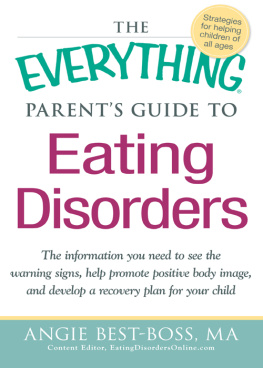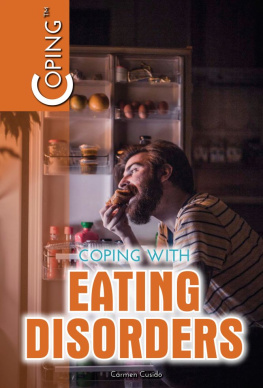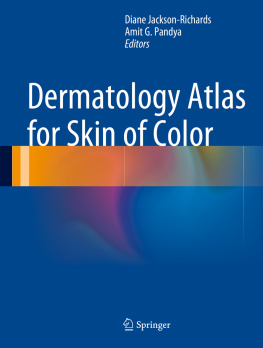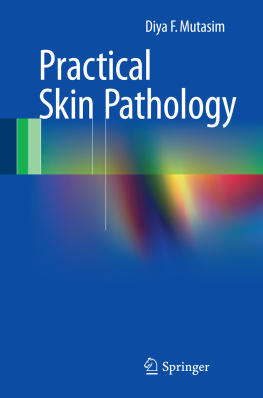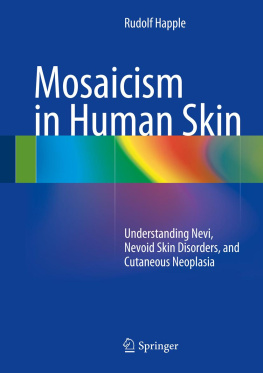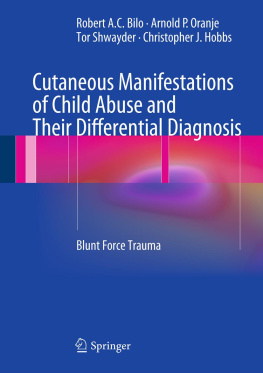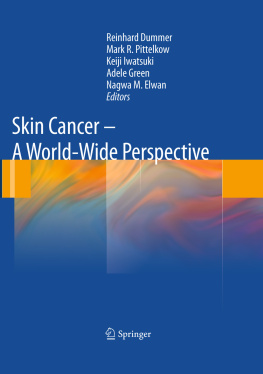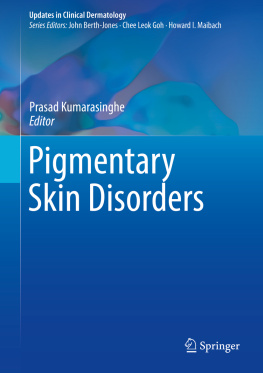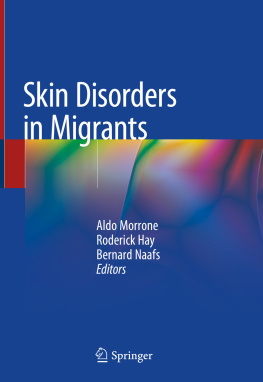Eating disorders (ED) are psychiatric disorders that have been studied systematically only in the last 30 years.
The first classification of ED is reported in the Diagnostic and Statistical Manual of Mental Disorders in the third revision (DSM-III). It is of some interest to review briefly the history of the difficulty of classification of ED in order to better understand the current debate about the new proposals for DSM-5.
In this section, we make a brief historical overview, we illustrate the changes in the diagnostic analysis in the different revisions of DSM, we report the diagnostic criteria of DSM-IV-TR, and then we examine the most interesting aspects of the proposed new classification of ED in DSM-5.
1.1 Section 1
The first description of two cases in which the severe weight loss was linked to a psychological aspect was made in 1689 by Sir Richard Morton who called this clinical entity nervous consumption [].
The name bulimia appeared in the late eighteenth century in Encyclopaedia Britannica and it was described as a disease in which the patient is affected with an insatiable and perpetual desire of eating [].
Later in 1880, almost simultaneously, Dr. William Gull in England and psychiatrist Charles Lasgue in France described two clinical cases of severe weight loss, which was regarded as a psychopathological aspect linked to a nervous disorder.
Gull pointed out as the underweight was not caused by morbid medical condition but was due to nervous loss of appetite, and for the first time he used the term anorexia. Interestingly, its requirements do not stray far from the current therapeutic indications, the patient must eat at regular intervals, must be heated and surrounded by persons who would have moral control over him [].
In his clinical descriptions, Lasgue emphasized some cases characterized by thinness and physical hyperactivity occurring mainly in young women who denied any concern for the weight [].
In the USA in 1859, Chipley, a doctor from Kentucky, published an article on sitomania intended as a serious aversion to food []. In the second half of the 1800 in the USA and Canada, there were several publications about young women who practiced fasting, whereas bulimia was still described only sporadically in Europe.
For almost the entire first part of the last century, eating disorders were confused with endocrine disorders. This misunderstanding arose from the description by Simmonds in 1914 of an endocrine disease (later named Simmonds disease) characterized by fasting and cachexia associated with hypopituitarism [].
A similar disease was described by Sheean in puerperal women, therefore ED were considered and treated as endocrine diseases.
Only in the second half of the last century, a new interest emerged in the mental aspect of ED stimulated by the work of Crisp and Hilde Bruch, and the proposed diagnostic criteria by Feighner [].
Crisp considered anorexia a morbid reaction to puberty and defined it as flight from growth. The refusal to eat and the search for low weight with loss of menstruation is an attempt to return to a position of preadolescence [].
According to Bruch, anorexia had as salient features as disorder of body image (which can reach delusional aspects), the sense of inadequacy, and severe difficulty in separation capacity.
Bruch not only focused on the aspect of body disperception but also introduced the term interoceptive awareness to indicate the difficulty in anorexic patients to identify and recognize the body and mental sensations [].
The studies of these two authors were of greatest importance in reviving the interest in eating disorders that, at that time, significantly increased in incidence in all the western industrialized countries.
Feighner first proposed specific diagnostic criteria for anorexia, i.e., the age of onset before 25 years and weight loss of at least 25% compared to the original weight [].
For a long time, anorexia was the most studied eating disorder, and only in 1979, Gerald Russell with his famous article on bulimia an ominous variant of anorexia began to describe the characteristics of bulimia nervosa, indicating three criteria: a powerful and intractable urge to overeat resulting in episodes of overeating, avoidance of fattening effects of food by inducing vomiting or abusing purgatives or both, a morbid fear of becoming fat [].
1.2 Section 2
ED were included in the Diagnostic and Statistical Manual of Mental Disorders only in the third version in 1980 (DSM-III): anorexia did not include amenorrhea as a diagnostic criteria; in bulimia the frequency and the duration of binge eating episodes were not specified [].
In the fourth version of the DSM (DSM-IV), a revision of diagnostic criteria was made: bulimia became bulimia nervosa and the aspect of loss of control over eating and the influence of body shape and weight on self evaluation were stressed. Two subtypes were finally created: purging subtype and non-purging subtype, and in anorexia nervosa, amenorrhea criterion for at least 3 months was introduced.
Even the International Classification of Diseases in its 10th revision (ICD 10) contained the criteria of frequency and duration for the diagnosis of bulimia, but stated that the intrusive dread of fatness in bulimia nervosa usually brings to underweight [].
This difference of view about the weight created significant problems in the scientific research when one tried to compare the diagnoses according to the two diagnostic systems.
Finally, all ED that did not completely answer to the ICD 10 diagnostic criteria were referred to atypical anorexia, atypical bulimia nervosa, overeating associated with other psychological disturbances, etc., while in the DSM-IV, they were joined in the category Eating Disorders not otherwise specified.
Moreover, in an appendix in DSM-IV, Binge Eating Disorder (BED) was added: this disorder has already been studied by Spitzer et al. in 1993 [].
1.2.1 Classification of Eating Disorders in the DSM-IV-TR
Diagnostic Criteria for Anorexia Nervosa
Refusal to maintain body weight at or above a minimally normal weight for age and height (e.g., weight loss leading to maintenance of body weight less than 85% of that expected, or failure to make expected weight gain during period of growth, leading to body weight less than 85% of that expected).
Intense fear of gaining weight or becoming fat even though underweight.
Disturbance in the way in which ones body weight or shape is experienced, undue influence of body weight or shape on self-evaluation, or denial of the seriousness of the current low body weight.
In postmenarcheal females, amenorrhea, i.e., the absence of at least three consecutive menstrual cycles. (A woman is considered to have amenorrhea if her periods occur only following hormone, e.g., estrogen, administration).


